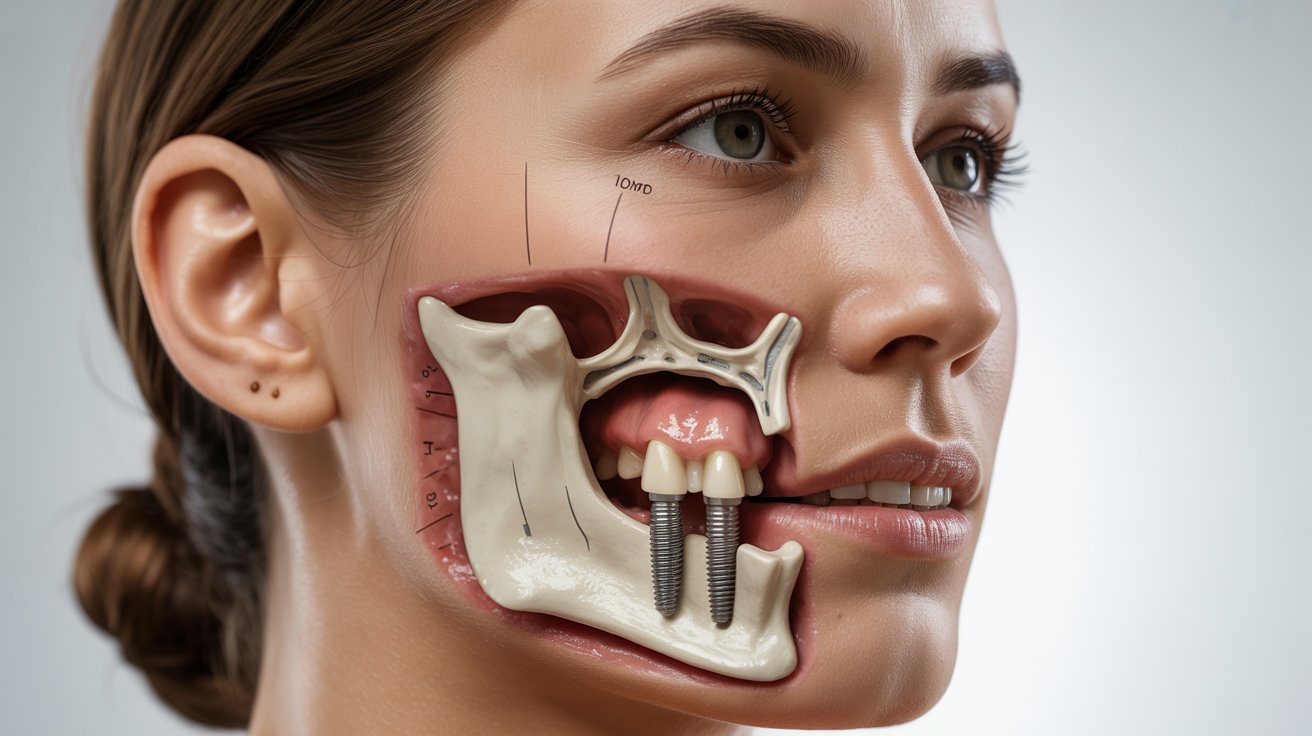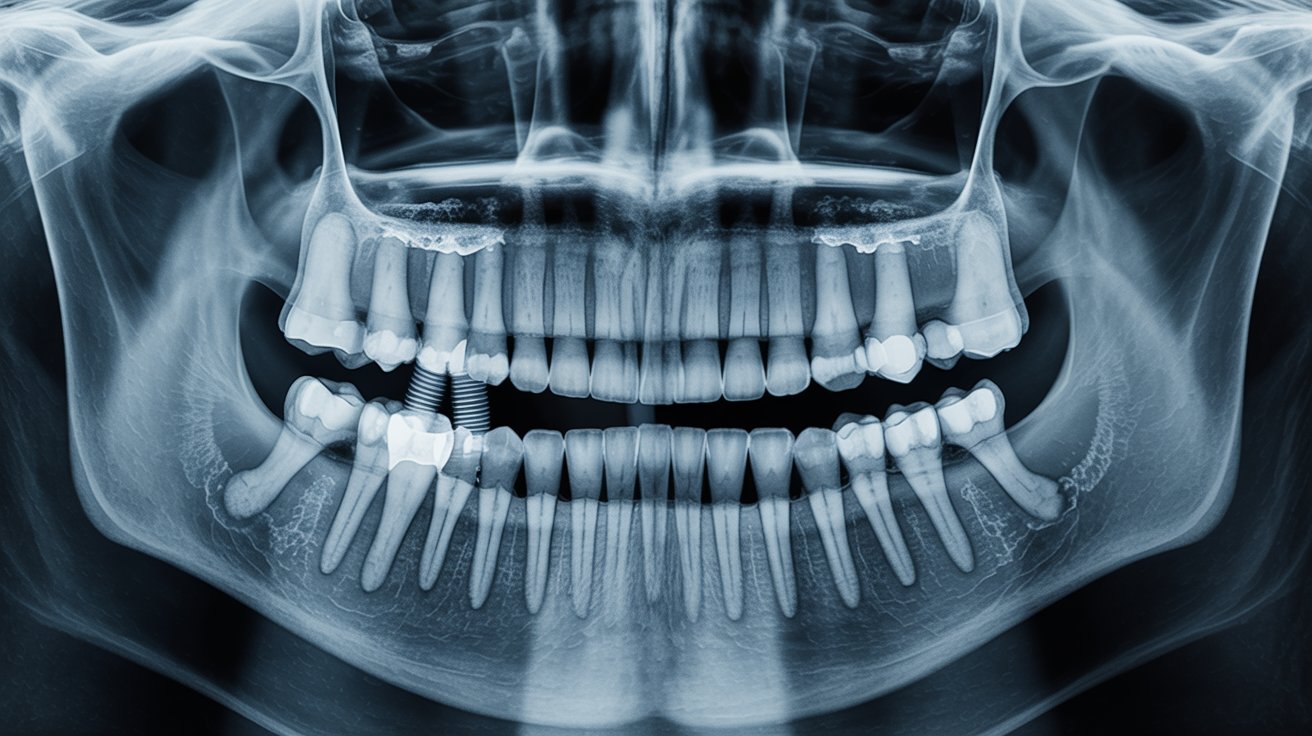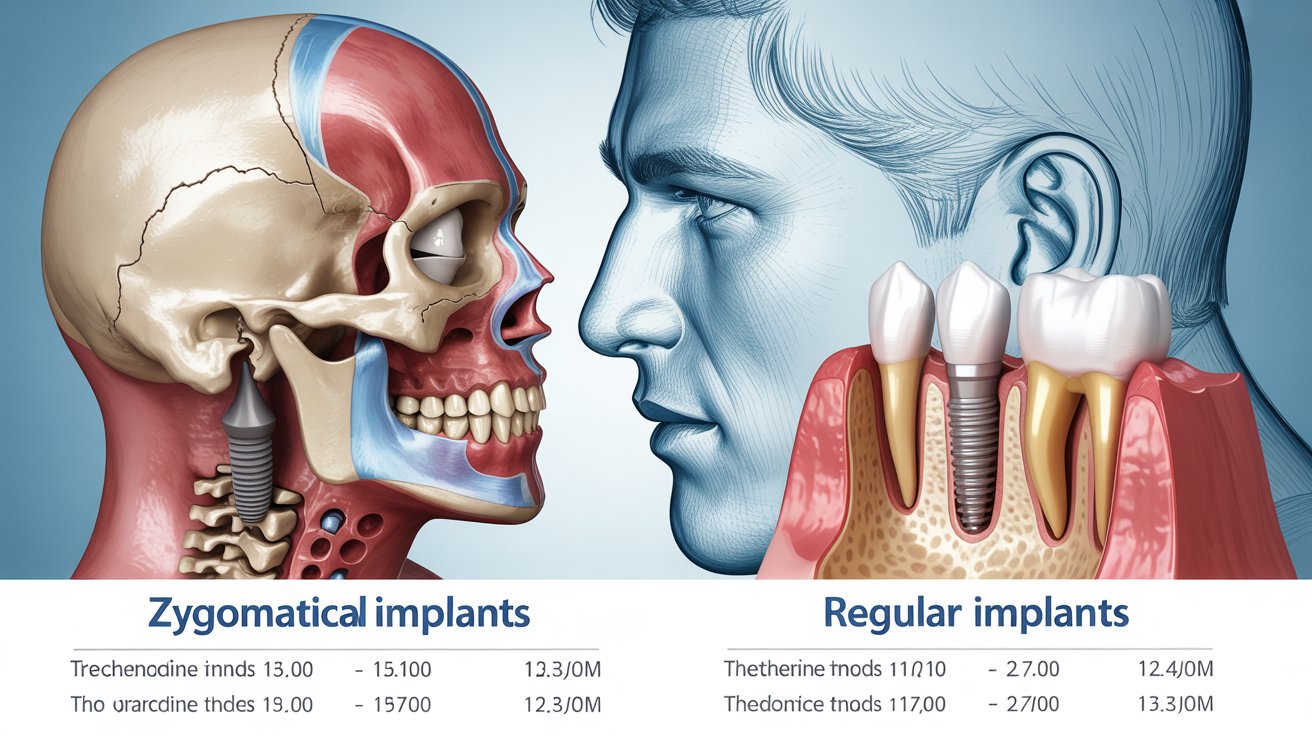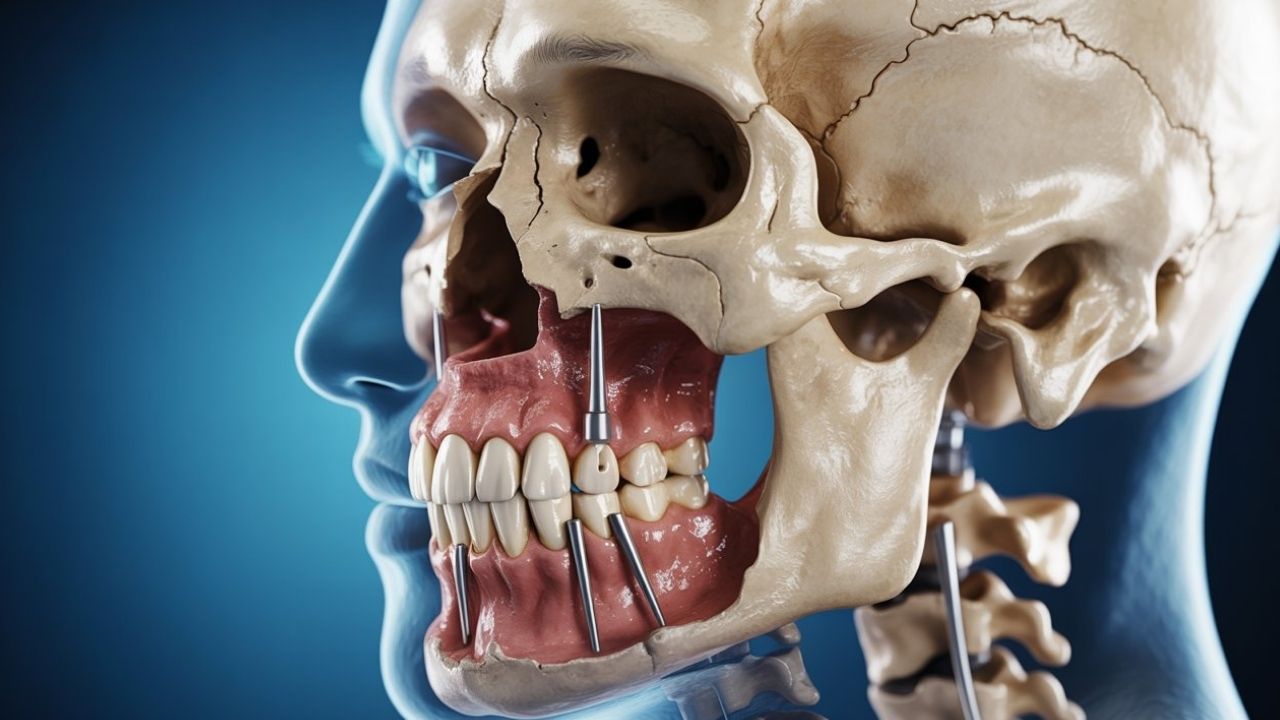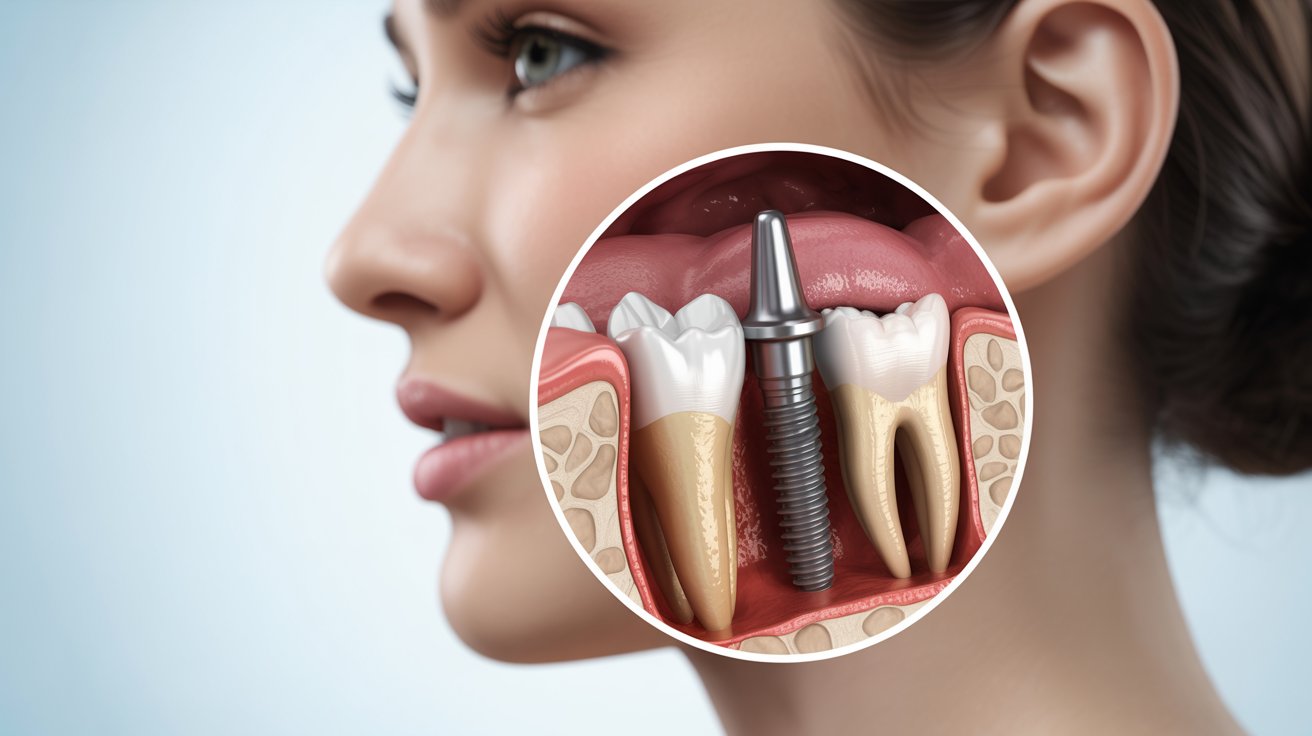What are advanced tooth replacement, zygomatic implants? Who are the best candidates for zygomatic dental implants? For patients with extreme upper jaw bone loss, traditional dental implants often aren’t possible — the ridge is too thin, the sinuses too expanded, or prior grafts have failed. In these tough cases, zygomatic implants represent a true form of advanced tooth replacement. Anchoring into the cheekbone (zygoma), these implants bypass deficient maxillary bone and provide fixed teeth even when conventional options fail.
What Makes Zygomatic Implants Ideal for Advanced Tooth Replacement?
Clinics like OPC Klinik in Kadıköy describe zygoma implants as a “revolutionary tooth replacement option” for patients who have no other viable implant path. These implants are placed into the zygomatic bone — a dense, stable structure — thereby avoiding complex grafting procedures. Cevre Hospital in Turkey also highlights zygomatic techniques in their dental services, especially for severe atrophy cases. Meanwhile, centers like Heights Oral Surgery emphasize how these implants allow full-arch functionality even in challenging cases.
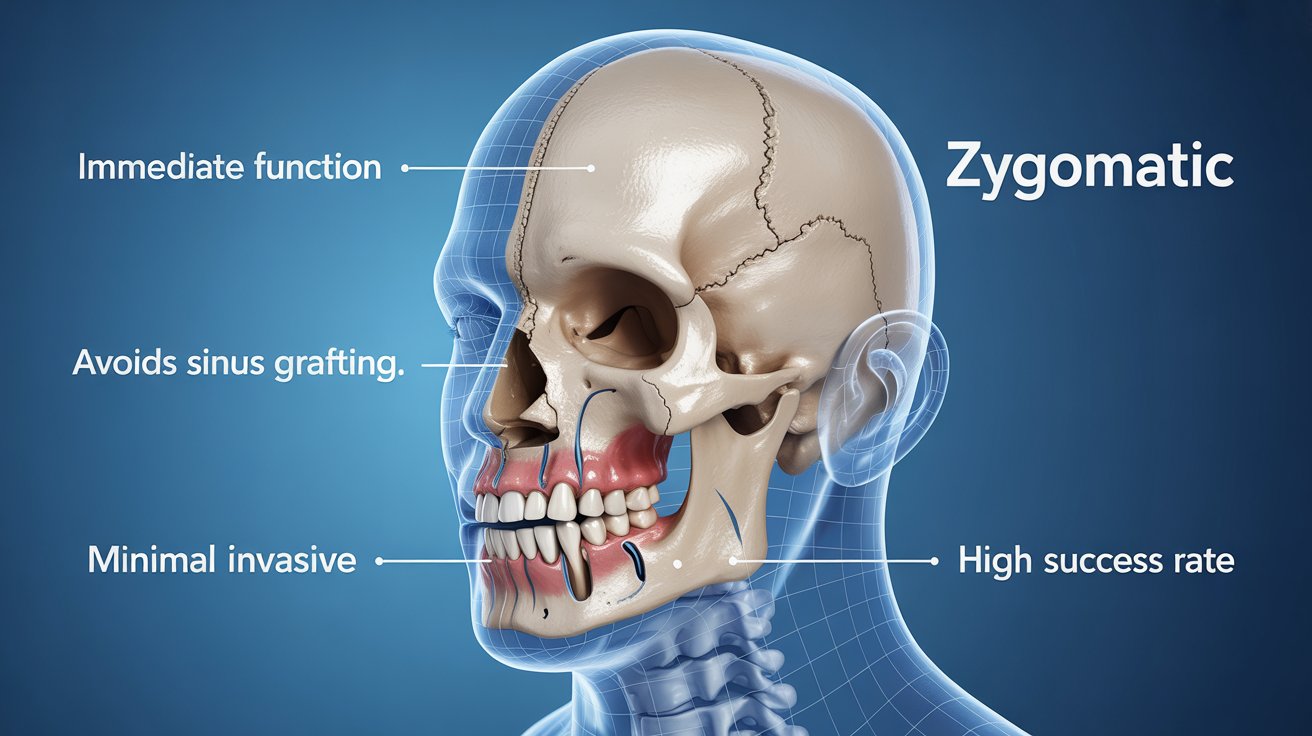
Advantages of Zygomatic-Based Tooth Replacement
As a leading form of advanced tooth replacement, zygomatic implants offer a combination of strength, speed, and aesthetics unmatched by traditional approaches. They are designed for patients with severe bone loss, eliminating the need for grafts and reducing recovery time. Below are the key advantages that make zygomatic-based rehabilitation one of the most advanced solutions in modern implant dentistry.
Graft-Free Approach
Zygomatic implants completely bypass the need for bone grafts or sinus lifts, simplifying treatment and minimizing surgical stages. This makes them ideal for patients with extensive upper jaw bone loss who want immediate, fixed restoration without lengthy healing phases.
Immediate or Early Loading
Many patients receive a fixed provisional bridge within 24–48 hours of surgery. This immediate-function protocol allows faster restoration of chewing, speaking, and confidence — a hallmark of true advanced tooth replacement.
Greater Stability
Anchored into the dense zygomatic bone, these implants provide superior primary stability even in jaws where conventional implants fail. The biomechanical strength of the zygoma ensures long-term support for full-arch prosthetics.
Restored Facial Volume and Aesthetics
By rebuilding midface projection and lip support, zygomatic-based restorations enhance both facial harmony and smile esthetics. Patients often experience a noticeable improvement in facial balance, creating a rejuvenated and natural appearance.
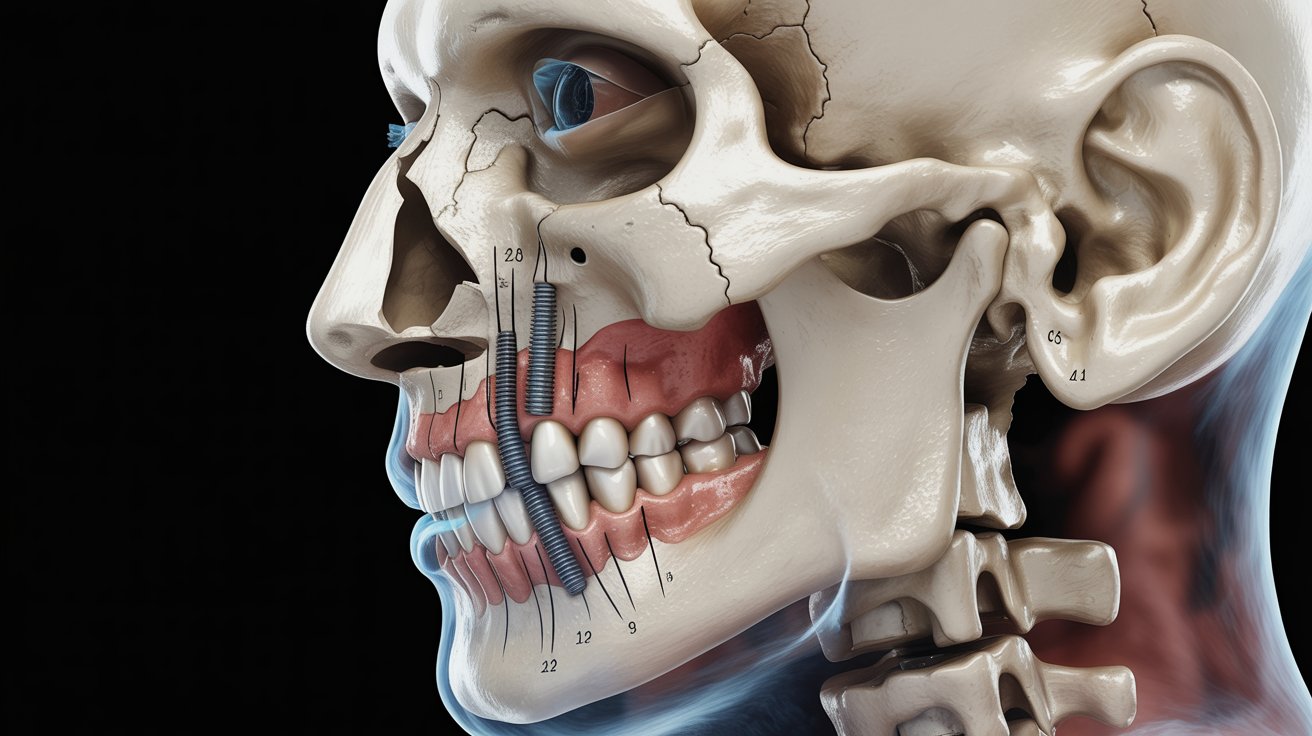
Who Benefits from Zygomatic Implant-Based Tooth Replacement?
Not every patient with missing teeth requires zygomatic implants, but for those with severe bone loss, they can be life-changing. This form of advanced tooth replacement is designed specifically for individuals who have exhausted traditional implant options due to maxillary atrophy or previous graft failures.
By anchoring into the zygomatic bone, these implants provide a stable, fixed solution that restores both function and facial harmony. Below are the patient profiles that benefit most from this innovative approach.
- Have significant upper jawbone loss (maxillary atrophy)
- Have previously failed bone grafts or sinus augmentations
- Suffer from resorbed alveolar bone due to long-term tooth loss or trauma
- Desire a fixed, long-term solution rather than removable dentures
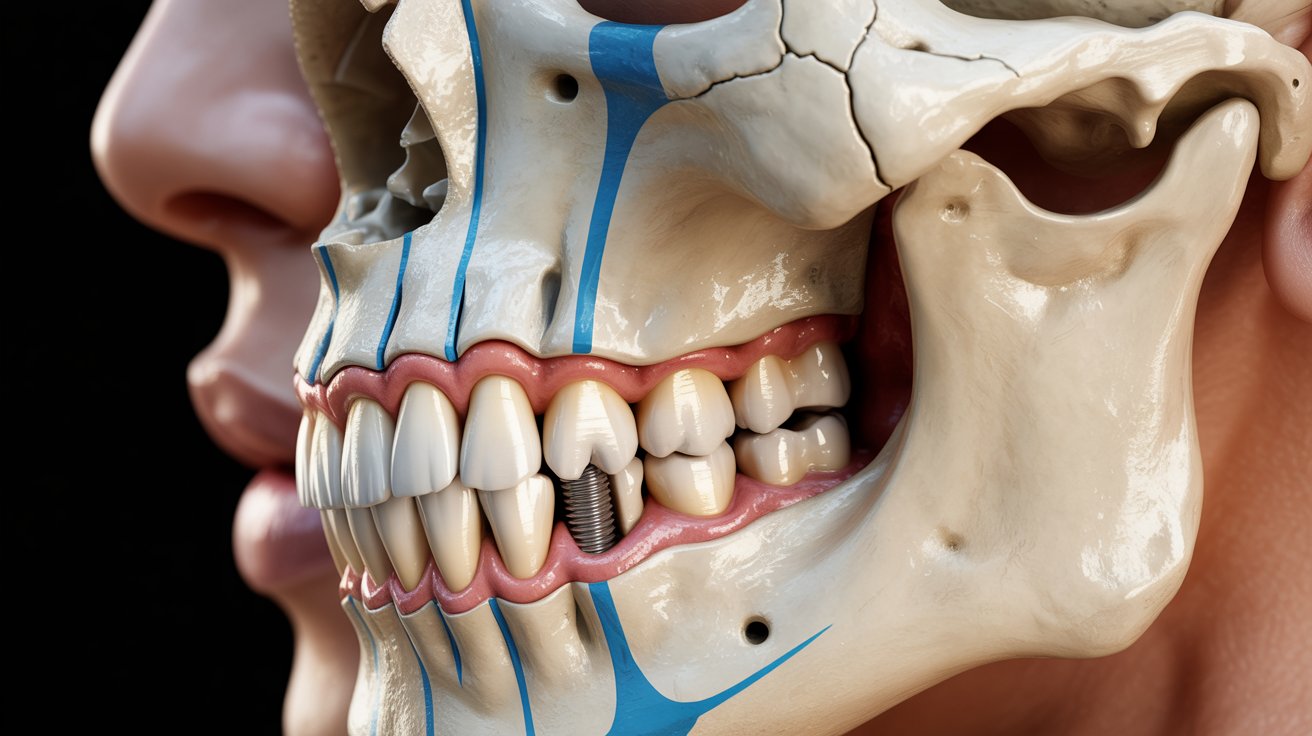
Typical Procedure Steps for Zygomatic Implants
The placement of zygomatic implants is a highly specialized process that combines surgical precision with digital planning to ensure long-term success. As an advanced tooth replacement technique, it follows a structured sequence that minimizes risk while maximizing stability and aesthetics. From preoperative imaging to immediate provisional restoration, every stage is designed to deliver a predictable and functional result. The steps below outline how this treatment is performed by experienced maxillofacial surgeons.
- Preoperative imaging (CBCT) to map sinus, bone, nerve canals
- Digital simulation to design ideal implant trajectory for prosthetic alignment
- Flap reflection and osteotomy through sinus toward the zygoma
- Insertion of extra-long implants, securing primary stability in the cheekbone
- Attachment of provisional prosthesis and soft-tissue management
- Follow-up and transition to definitive prosthetics after healing
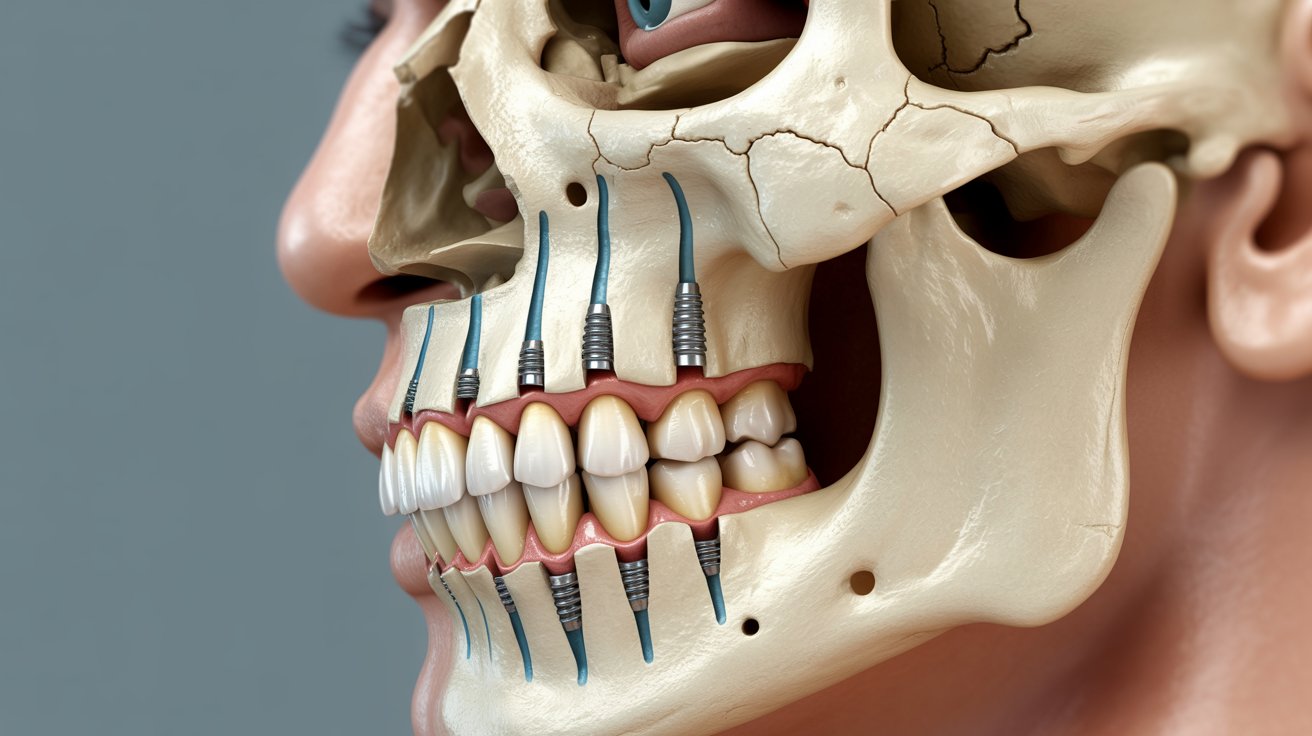
Challenges & Considerations for Advanced Tooth Replacement
While advanced tooth replacement methods such as zygomatic implants offer exceptional results, they also require meticulous planning and surgical precision. Because the procedure involves complex anatomical regions like the sinus and cheekbone, it must be performed by an experienced maxillofacial surgeon familiar with zygoma-specific techniques.
Proper postoperative care, hygiene, and regular follow-ups are essential to ensure long-term implant stability and patient comfort. The following points highlight the main challenges and considerations patients should understand before undergoing treatment.
- Requires highly experienced surgeons trained in zygoma anatomy
- Meticulous planning, use of guides or navigation, and risk assessment are essential
- Patients must maintain high hygiene levels to prevent soft-tissue inflammation
- Postoperative sinus care may be needed if membrane irritation occurs
If you’re exploring advanced tooth replacement options, zygomatic implants could be the ideal solution for you. Book a consultation to evaluate your anatomy and treatment pathway.
Frequently Asked Questions About Advanced Tooth Replacement
Patients considering advanced tooth replacement often have questions about the latest technologies, durability, and cost of modern dental solutions. With rapid progress in implantology, regenerative research, and digital dentistry, tooth replacement options have never been more effective or lifelike.
This FAQ section answers the most common questions about materials, longevity, and innovations like zygomatic implants, helping you understand which treatment best fits your needs. Whether you’re comparing dentures, implants, or future regeneration therapies, these insights will guide you toward the most reliable path to a confident smile.
What is the strongest tooth replacement?
The strongest advanced tooth replacement option is the dental implant—especially zygomatic or full-arch implants anchored in dense bone. These solutions offer exceptional stability, durability, and chewing performance close to natural teeth.
Are we close to regrowing teeth?
Researchers are developing biological methods to stimulate tooth regeneration, but clinical applications remain experimental. For now, advanced implant-based solutions are the most reliable alternative to natural tooth regrowth.
What is the latest technology for tooth replacement?
The latest innovation in advanced tooth replacement includes zygomatic implants, digital surgical navigation, and AI-guided 3D treatment planning. These techniques provide faster, graftless, and more predictable results.
How much do 4 teeth dentures cost?
Partial dentures for four teeth typically range from $800 to $2,500, depending on materials and design. Implant-supported bridges or zygomatic options cost more but offer long-term comfort and stability.
What is the most expensive tooth replacement?
The most expensive advanced tooth replacement procedures are full-mouth or zygomatic implant rehabilitations, costing $15,000–$30,000 per arch in premium clinics due to high-tech materials and expert surgical planning.
Which type of artificial tooth is best?
Titanium or zirconia dental implants are considered the best artificial tooth options. They integrate with bone, last decades, and support lifelike ceramic crowns for natural function and aesthetics.
What is the new drug that grows teeth?
Scientists in Japan and the U.S. are testing drugs that reactivate dormant tooth-forming genes. However, these therapies are not yet available for public use, making advanced tooth replacement with implants the best current alternative.
Has anyone ever grown a third set of teeth?
A few rare genetic cases show people developing extra teeth, but natural third-set tooth growth is extremely uncommon. Regeneration-based dentistry remains in the research phase.
How much would teeth regrowth cost?
If future tooth-regrowth therapy becomes viable, costs are expected to be comparable to high-end implant procedures—potentially $10,000 or more per jaw. For now, zygomatic implants offer the most practical long-term solution.
Which fake teeth last the longest?
Dental implants, especially titanium-based systems, can last 25 years or more with proper care. Zygomatic and full-arch implants are among the most durable advanced tooth replacement solutions.
Can you eat normally with artificial teeth?
Yes, once healing is complete, implant-supported restorations allow you to eat, chew, and speak normally. Many patients report comfort and bite strength close to natural teeth.
What is the cost of one artificial tooth?
The price of a single dental implant, including crown, usually ranges between $1,000 and $4,000 depending on region and materials. For full-arch advanced tooth replacement, total costs rise with implant count and prosthetic design.
